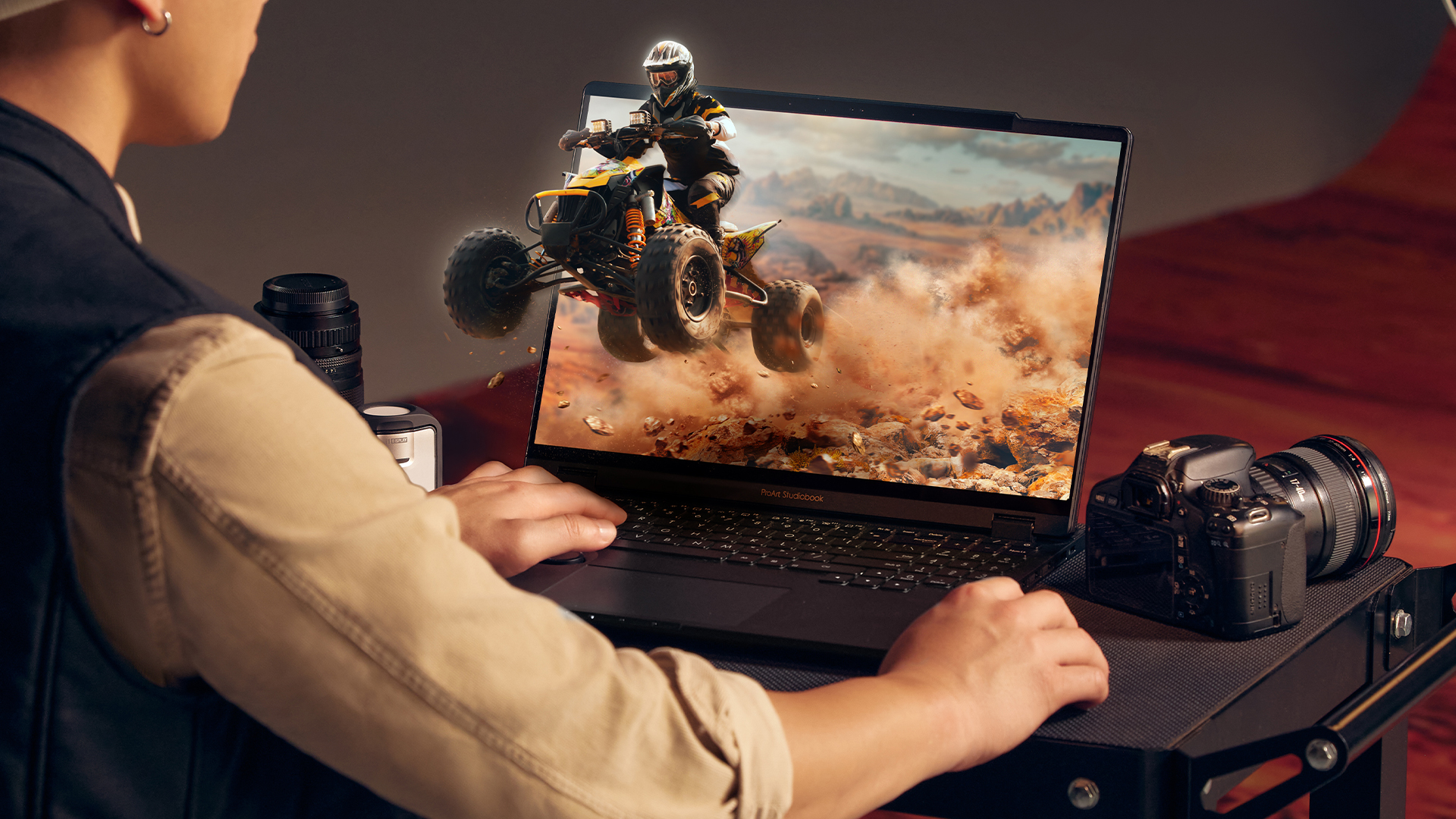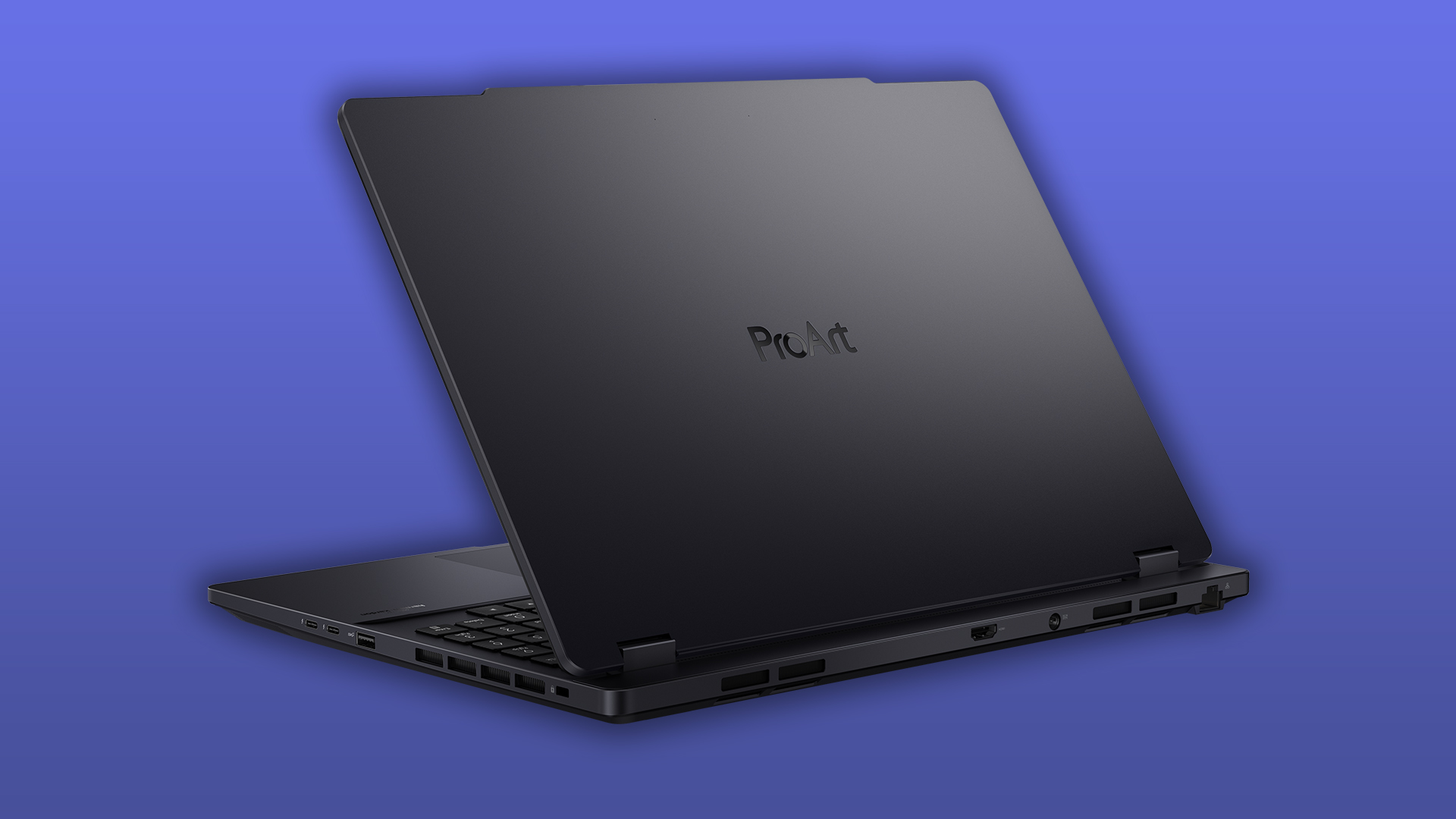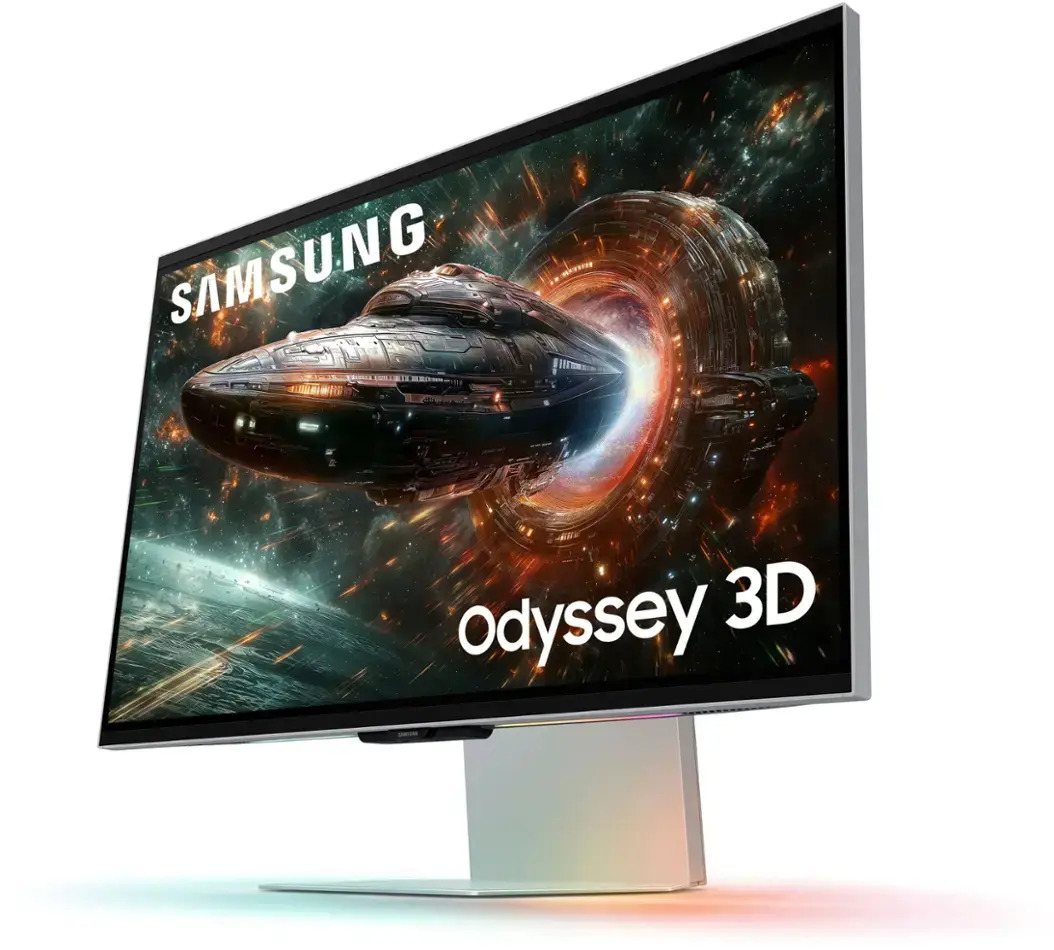The Asus ProArt Studiobook 16 3D is a powerhouse — but is it actually useful?
Do creators need 3D?

Asus has announced the brand new ProArt Studiobook 16 3D at CES 2023, which as the name suggests, brings glasses-free 3D to this creator workstation.
But much like the Vivobook Pro 16X, how useful is 3D actually going to be to a creative pro? Luckily, if you find that question hard to answer, Asus has made it purely optional and this is still a monstrous system under the hood.
How does the glasses free 3D work?
It’s 3D without a pair of specs, but this isn’t some Nintendo 3DS-esque coating over the screen. Instead, Asus uses a combination of advanced eye-tracking and a lenticular lens to weave distinct images for each eye and create an image that pops off the display.
Using what the company calls Spatial Vision technology, this is the world’s first glasses-free autostereoscopic 3D OLED panel — with a 3.2K resolution, 120Hz refresh rate, a 16:10 aspect ratio, and a 180-degree hinge. Alongside these, the display offers Pantone-validated color, a 1,000,000: contrast ratio, HDR, and a zippy 0.2 ms response time.
Who’s this display for? When you think of the kind of work you’d do on a ProArt Studiobook, the number of use cases is kind of small. Instead, Asus is leaning towards future cases such as metaverse app developers, 3D modellers and content creators.
Power-packed

But while the 3D OLED panel is the big selling point of all Asus’ promotional efforts, any portable workstation has to be a power-packed workhorse. It should come as no surprise that the ProArt Studiobook 16 OLED hits the bullseye with a 13th Gen Intel Core i9-13980HX processor, RTX 4070 GPU, up to 64GB DDR5 RAM and 8TB of PCIe Gen 4 storage — all of which is kept cool with Asus’ patented IceCool Pro thermal management.
As for actually getting stuff done, you’ve got a huge stylus-compatible haptic touchpad, that same full-size chiclet keyboard with number pad, and the Asus Dial for precise control in certain apps. Plus, with two Thunderbolt 4 and a full-size SD card slot, transferring high capacity files is a cinch.
Stay in the know with Laptop Mag
Get our in-depth reviews, helpful tips, great deals, and the biggest news stories delivered to your inbox.
If you want all this power, but don’t feel the need to get a 3D panel, you can swap this for a touchscreen 2D OLED screen with the same resolution and refresh rate. It’s good Asus has thought of 3D as an optional extra, because the more you question it, the more it starts to not sound so worthwhile.
Outlook
This debate starts to sound a little similar to the one we had around 3D TVs nearly a decade ago. Nobody is questioning that the tech to make this work in the Studiobook 16 3D OLED is nifty. But really — how important is an additional dimension to the experience?
From a skeptic’s point of view, I view this very much like when I saw Avatar for the first time in the cinema. It’s a fun gimmick, but it’s not going to shift the paradigm of how laptops are used. And I say this, while hoping that I am proven wrong with a range of creative pros maximizing the 3D display on offer here.
But let’s look past the screen, as you can spec this machine with a 2D OLED display, and on paper, you’re getting a beast for your bucks. And while these will be released in the next few months, it is worth noting that the ProArt Studiobook 16 OLED family will be updated with a model packing a “pro-certified NVIDIA RTX laptop GPU” in Q2 2023.

Jason brought a decade of tech and gaming journalism experience to his role as a writer at Laptop Mag, and he is now the Managing Editor of Computing at Tom's Guide. He takes a particular interest in writing articles and creating videos about laptops, headphones and games. He has previously written for Kotaku, Stuff and BBC Science Focus. In his spare time, you'll find Jason looking for good dogs to pet or thinking about eating pizza if he isn't already.
